Intro
Robert Zemeckis’ epic 1994 film “Forrest Gump” depicts numerous unforgettable moments. Among those classical scenes, the protagonist accidentally inventing the smiley face, goofing with the late John Lennon, and receiving the Medal of Honor for courageous service in the Vietnam War.
All of the above are classic cinematic scenes, but for me as a table tennis (or ping pong as I prefer calling it) aficionado, the favorite part of this masterpiece, is Forrest’s uncanny table tennis skills resulting in him earning a place in the All-American team that traveled to the far China.
However, anyone who ever played table tennis will tell you right away, skills are important but are not enough. To perform like the professionals (including the beloved Forrest), or to plainly have as much fun as possible playing, one would have to have the right gear and equipment. To many, the first item to gear up with is the paddle (or racket as it is named in Europe, or Bat which is the official term the International Table Tennis Federation is using), reason being is that the paddle you play with, has everything to do with your level of play. Even the best table tennis players cannot present their A game without an appropriate paddle. It is undoubtedly a must.
When I first gained interest in table tennis, I thought all paddles were born equal.. Boy was I wrong. It is important to understand that different levels of game usually require different paddles – only usually, because some paddles can serve multiple game levels. Same goes for different types of players. For instance, defensive players, as well as beginners, will do right by choosing a slow blade (the wooden part of the paddle) to maximize control.
Truth be told, a table tennis paddle probably will not be the biggest purchase in your lifetime. It is cheaper than a house or a car. Still, why not make this a smart purchase that will provide the best value for your money?
A word about choosing the right table tennis paddle
I know choosing a paddle is not an easy task. As with so many products nowadays, the endless variety and choices are enough to give even the most avid consumer a major headache.
This should not come as a surprise though. In 2004, American psychologist Barry Schwartz discussed the abundance of options consumers have these days (not to mention the escalation of this trend since 2004 with online shopping platforms much more developed). According to Schwartz, the “Paradox of Choice” is the situation where consumers have too many choices, a phenomenon that counterintuitively often results in anxiety and stress.
Well, in this article I will try to alleviate some of these negative feelings and provide you dear readers with a concise yet comprehensive summary of the way to choose the right paddle. The key for me is focus- narrowing the endless field of choices to only those that stand above all others.
How did I do that? I chose to focus in this guide on three main factors:
- Quality of the paddle
- Price
- Player level – Beginner, mid-level, or pro.
Needless to say, that the article will only feature paddles from tier 1 firms, which I tried myself (I average at least an hour of table tennis play per day). Thus, consumers will not end with an inferior product under no circumstances.
Understanding table tennis paddles
A proper table tennis paddle, is comprised of four parts:
- Handle
- Blade – The wooden part of the paddle
- Sponge – The layer between the blade and the rubber
- Rubber – The surface of the paddle
In this article I will only go into details regarding the handle part of the paddle. This is because the handle is the only part that may affect your choice on which paddle to buy. The details regarding the other three parts are relevant to those who wish to buy a custom paddle. If the latter applies to you, you will do right by checking out my articles on the blade ____, and Sponge and Rubber ______.
Types of paddle handles
There are five types of handles for a table tennis paddle:
- Flared
- Straight
- Anatomic
- Conical
- Chinese Penhold
These are the main categories.here are sub-categories that are less relevant to our needs.
Flared: The right choice for beginners
A flared handle is wider towards the end of the paddle. In this lies its main advantage and the reason for the popularity of this handle – it is designed to prevent the paddle from slipping from a player’s hand during a game. The key term therefore for this kind of paddle is stability. This becomes especially important when one hits a more powerful stroke. Also, thanks to its shape, the flared handle is better for forehand strokes, and thus favors forehand oriented players. To sum, this handle is suitable for players who wish to enjoy an extra stability in their game. Therefore, I strongly recommend a flared handle to new players.
TL;DR – It’s best to use a flared handle for:
- Beginners, as well as those who wish to seek stability and control.
- Forehand oriented players, as well as those who wish to improve their forehand strokes.
- Offensive players.
These are some of my best choices for Flared paddles:
1. STIGA Evolution Performance

Straight: For more experienced all-round players seeking control
Both straight handles (either square or round) offer a finer balance between backhand strokes to forehand ones. In fact, as the straight handle allows a better wrist movement it is fitted for players with a backhand orientation, The fact that the handle part of the paddle is not especially light, makes the blade-handle ratio balanced, and gives these paddles a solid sense of control. This makes straight handle suitable for beginners, though less than a flared handle.
TL;DR – It’s best to use a straight handle for:
- Backhand oriented players, as well as those who wish to improve their backhand strokes.
- Players who wish to have the ability to switch between grips and styles of play during a game.
- Players with relatively big hands.
These are some of my best choices for Straight paddles:
- A
- B
- c
Anatomic: Best for offensive players
Characterized by wave-like shape. Its main advantage is that it allows the players a firm grip, and for that is favored by offensive players. This sort of grip, however, is less beneficial for long distance stroke. I recommend beginners to avoid these handles in the first stage. Pros who wish to base an offensive type of play, will do well by considering an anatomic handle.
TL;DR – It’s best to use an Anatomic handle for:
- Offensive players.
- Players who prefer to play close to the table.
These are some of my best choices for Anatomic paddles:
- A
- B
- c
Conical: Best for all-round players
This type of handle is on the spectrum between the flared handle and the straight one, in the sense that it has a flared figure but rounder than a standard flared handle. Important to note that this grip is unique to Stiga (a tier 1 table tennis paddles manufacture). A Conical handle is most suitable for all-around players and less so to players with big hands, on the account that it is quite thin.
TL;DR – It’s best to use a Conical handle for:
- All-around players.
- Players with small or medium hands.
These are some of my best choices for Conical paddles:
- A
- B
- c
Chinese Penhold: Good choice for pro users with a Penhold style
The most unique handle of them all, this type is for players who practice the Asian style of play- Penhold (named so because of its similarity to the way people usually hold writing instruments). This type of handle allows additional freedom of the player’s wrist, a feature that is crucial for that type of play. I do not recommend this handle for beginners – this is mostly for pros.
TL;DR – It’s best to use a Chinese Penhold handle for:
- Pros or mid-level players who either mastered the Penhold grip, or wish to do so.
These are some of my best choices for Chinese Penhold paddles:
- A
- B
- c
Paddles Maintenance
Did you choose the right paddle for you? Are you ready to go ahead and try it out? That is great! But keep in mind that even the best paddles need basic maintenance for them to live long and prosper. Don’t believe me? Just try to compare the performance of a new paddle, with a one that got the chance to gather some wear. to See below some key tips that I find very helpful:
- The surface of the paddle may develop a patina over time. The good news is that I find that plain soap and water are enough to deal with this issue. I recommend doing so on a monthly basis (though preferably more frequently if possible is recommended).
- If you want to go the extra mile, purchase yourself a protective case to store your paddle. This will give your paddle another layer of protection and will save you some of the maintenance routines that are required due to the paddle being left without protection. See below some of my favorite options for protective cases.
- This one may seem a bit obvious, but it needs to be said – avoid throwing or tossing your paddle. I Know, I know, after your opponent hit a ball that barely hit the edge of the table, this is something that you may be inclined to do. This is surely a pet peeve of mine. Nonetheless, do your best to avoid it in order to extend your paddle life.
- One last piece of advice – A prolonged sun exposure will not do well for your paddle. Try to keep your paddle indoors to the extent possible. Good luck and have fun!
As you have noticed, this article intends to be practical rather than just academic. In that spirit, see below some of my favorite items for maintaining my paddles. Again, all these products are signed off by me by means of personal usage.
Links to cleaning products
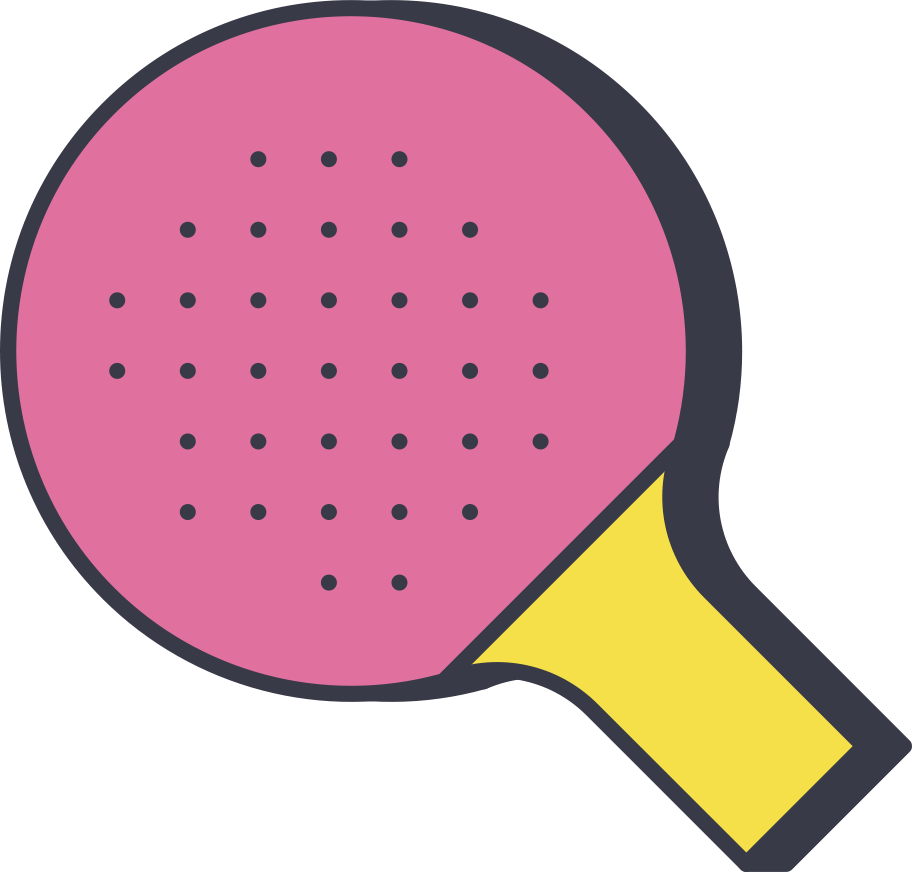
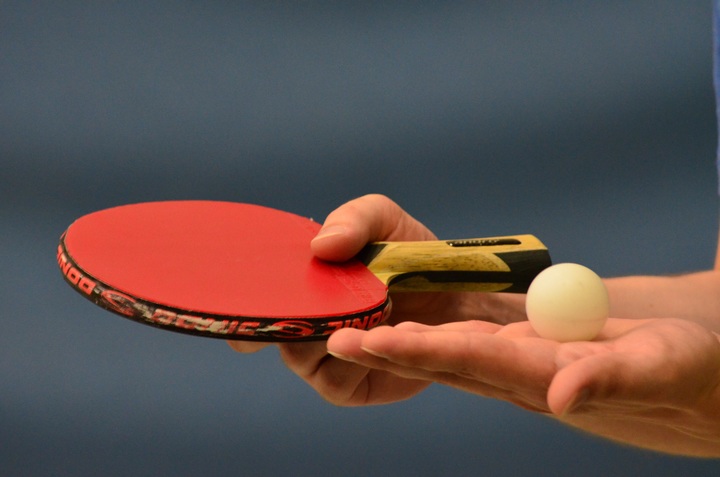

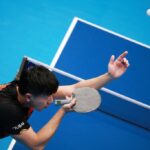
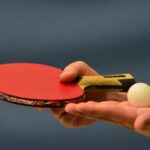

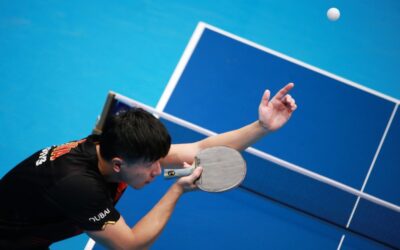
0 Comments